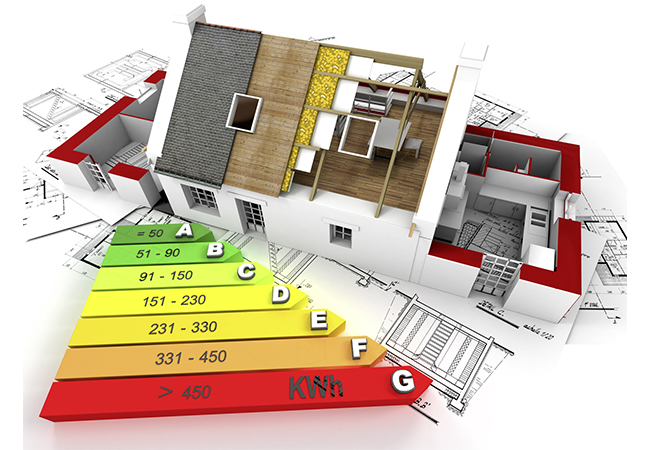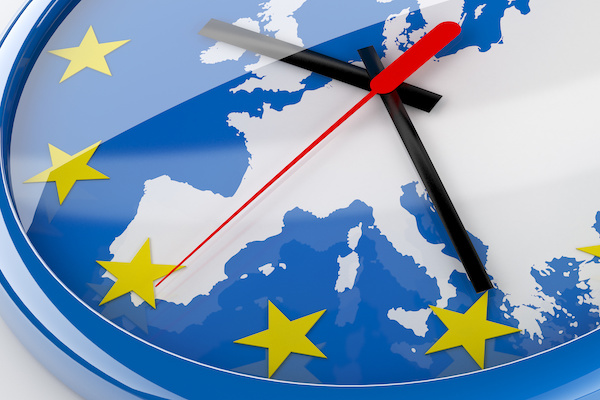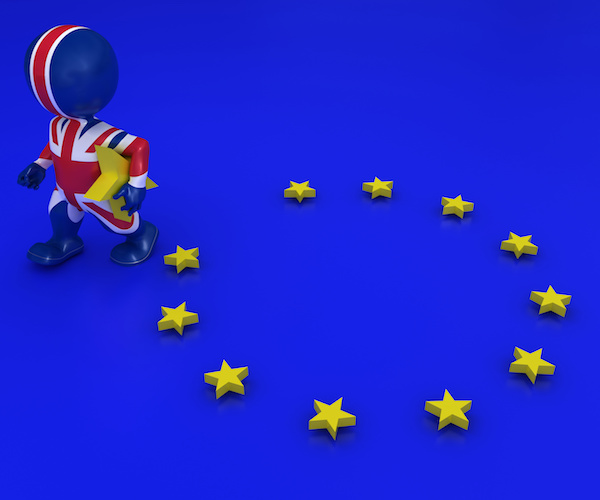03 February 2016
Achieving the energy efficiency goal in Europe


The Energy Efficiency Directive (EED) is a paramount instrument for achieving the energy consumption reduction goal set by the European Council in October 2014. It is a key tool of the 2030 climate and energy package. Yet, the European energy efficiency policy as it is today remains unsuccessful. The public consultation launched by the European Commission for the review of the EED, which closed on January 29th and to which UFE replied, represents a unique opportunity to improve it and introduce a coherent/consistent energy efficiency policy that integrates two criteria fundamental for its management and implementation, ie climate and economic efficiency…
The Energy Efficiency Directive has turned out to be a complex and incomplete instrument. The contractual procedures for the implementation of energy efficiency measures represent an administrative burden that has undermined their development. More importantly, the Directive has two major weaknesses. First, whilst the fight against climate change puts the reduction of the carbon intensity of the economy as a top priority and precondition, the CO2 has been clearly missing from the European objectives in terms of energy efficiency. The second weakness is mostly economic: the measures developed in the frame of the Directive have been implemented in a too dispersed manner with no targeting on energy efficiency (costs of access, energy saving potential, return on investment). As a result, energy efficiency policies have not delivered the expected resulted, but have instead been extremely costly to implement…
Energy, climate and economic efficiency
In a context of European capital scarcity, one of the easiest and most cost-efficient means is to target and prioritize the most climate-efficient operations that allow a rapid return on investment whilst ensuring energy savings. In concrete terms, one should target the sectors with the greatest potential in saving energy and reducing consumption of the most carbon-emitting energies: the residential building (renovation, insulation, transfer of use for domestic fuels) and transport sectors. This approach could also be a way to guarantee consistency between the Directives developed for the implementation of the 2030 climate and energy package, and the objectives set in the same package, including… a 40% reduction of CO2 emissions.
Promoting the structuring of a European industrial sector
Beyond these considerations rises another challenge: the introduction of a real European industrial sector for energy efficiency services. The structuring of the manufacturing, equipment and installation sectors as well as of the maintenance industry is essential to energy efficiency policies. It indeed represents an important leverage to reduce the costs of energy efficiency measures and enable the development of innovative offers matching the customers’ needs. This issue must be taken into account as well in the elaboration of European public policies via, inter alia, training programs for the market actors and investments in R&D. The European Union can benefit greatly from such move considering that energy does not only participate in the optimization of the EU’s energy efficiency, but it also is a source of jobs and growth…
Find out more
02 June 2020
“Long live Europe”: it’s time for Europe!
25 February 2020
Brexit: love last 47 years


About us
The Union of the French Electricity Industry is the trade association of the French electricity sector. We bring together companies from the whole value chain of the electricity industry.
Find out more









